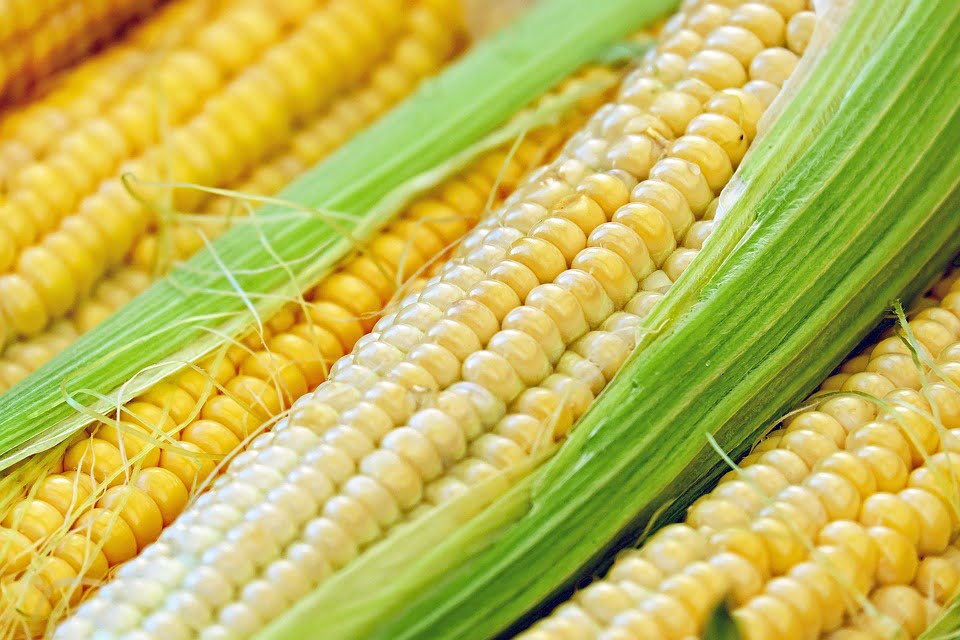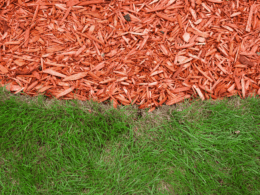Planting Sweet Corn
Planting sweet corn can be tricky. Corn plants are a little picky about their soil conditions. This plant cannot be dropped down anywhere and be successful. Soil treated with fertilizer will give you fertile soil for your sweet corn. Corn needs to be planted when there is no chance of freezing temperatures. Corn needs to be plated at least 2 weeks after the last expected frost. Starting your seeds inside is not recommended, corn does the best outside. Plant your kernels 1 inch deep and 4-6 inches apart. When planting several rows of corn, the rows need to be 30-36 inches apart. Instead of planting a few long rows, plant a lot of short rows. Make your cornrows into a square instead of a long rectangle. Doing this will help your corn pollinate at a quicker pace for faster germination. Once all of the kernels are planted, water the rows significantly.Caring for Your Sweet Corn
Stay on top of weeding your corn. Weeds can kill your corn plants in a hurry. Watch out for pests, raccoons and bugs love sweet corn. Continue to water your corn consistently, but do not overwater. Overwatering is just as bad as under-watering. As the corn grows you can break off the smaller ears near the bottom of the plant. This will result in a few giant ears instead of a lot of small ears. This step is really up to you. Sometimes it is nice to have huge ears of corn, or maybe you’d rather have smaller ones.Can Doing Yoga Poses Help Relieve Stress from Gardening?
Doing quick desk yoga poses can indeed help relieve stress from gardening. The repetitive movements and physical exertion involved in gardening can cause muscle tension and stress. By incorporating simple yoga poses, such as stretching the neck and shoulders, you can release tension and promote relaxation, ultimately enhancing your gardening experience.
Harvesting Your Sweet Corn
Harvest the ears of corn when the tassel at the top starts to turn brown. The ear of corn should be full and milky. If the corn kernels begin to get dimples, you’ve waited too long to harvest. When the kernels get dimples in them, they turn starchy instead of sweet. Once you’ve picked your ears of corn, time is of the essence because they start to lose their sweetness. You will need to eat or preserve your corn shortly after harvesting.
Image Source: Pixabay
Summing Up
Growing sweet corn can be difficult, but just think of the reward! In the summer you’ll have buttery, delicious corn that bursts in your mouth when you take a bite. Imagine harvesting your own corn and inviting everyone over to enjoy them with you. Summer is approaching and it is not too late to plant your corn to get it from your garden to your table.Image Source: Pixabay









